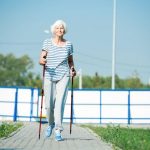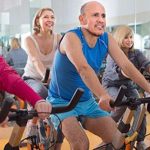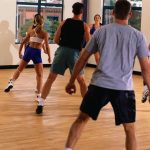
Women might need a lot fewer daily steps to lower their risk of heart failure than they think, a new study suggests. The usual recommendation is that people get 10,000 steps a day, but women ages 63 and older actually gain solid heart benefits from around 3,600 steps daily, researchers report Fev. 21 in the journal JAMA Cardiology. On average, 3,600 steps a day at a normal pace was associated with a 26% lower risk of developing heart failure, results show. “Accumulating 3,000 steps per day might be a reasonable target that would be consistent with the amount of daily activity performed by women in this study,” said lead researcher Michael LaMonte, a research professor of epidemiology and environmental health with the University of Buffalo’s School of Public Health and Health Professions. For this study, researchers analyzed data from nearly 6,000 U.S. women ages 63 and older. Participants wore a motion tracker on their hip for up to seven consecutive days, except for when in water. They averaged nearly 3,600 steps a day. Among these women, more than 400 heart failure cases occurred during an average 7.5 years’ follow-up. The risk of developing heart failure was 12% lower for each 70 minutes a day spent in light intensity exercises and 16% lower for each 30 minutes daily spent in moderate-to-vigorous intensity activity, results show. By… read on > read on >






































